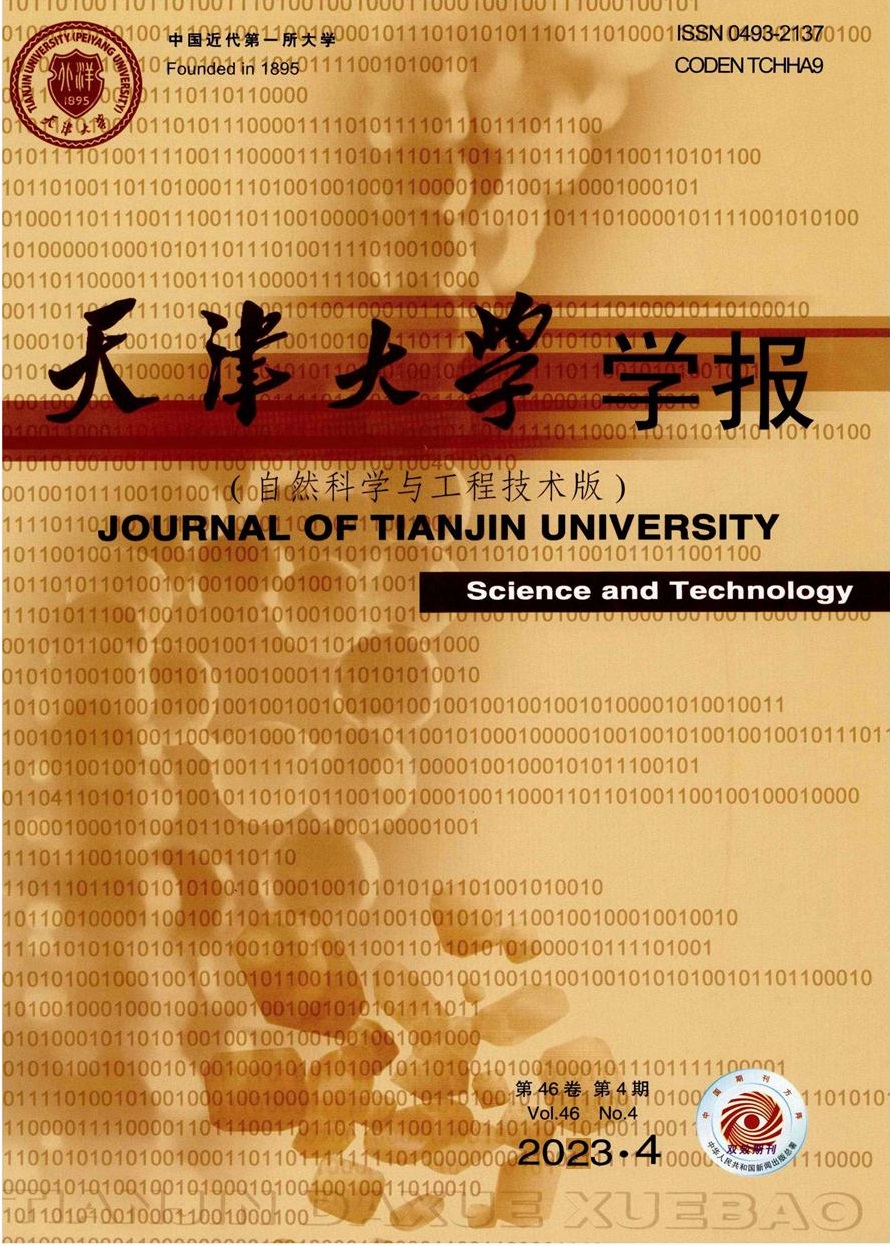Design and Implementation of Enhanced Security Model for Wireless Sensor Network on ARM Processor
Q3 Multidisciplinary
引用次数: 0
Abstract
Due to the radio range of the network, suspicious transmission, unattended nature, and easier access, Wireless Sensor Networks are vulnerable to malicious users and physical attacks. Hence security is a must in these cases. A workable solution to these problems might be to create a WSN for a secure temperature sensing system. Sensors gather temperature measurements, which are then communicated to an advanced RISC microprocessor (ARM) using Wireless Fidelity (Wi-Fi) technology, which has been proven to transfer data accurately and reliably. The data is then stored in memory, controlled by the microprocessor. An ARM 9-based Samsung S3C2440 Controller running on the Linux operating system is used to achieve the functionality. The security system is incorporated using the host MCUs, and the temperature values are converted to digital form using the ARM processor’s ADC (S3C2440). The processor is connected to the console terminal through UART, which regularly sends data to the system. Security data is monitored and transferred to other Wi-Fi-equipped devices through a USB-based Wi-Fi module. The temperature readings are continuously monitored via this wireless sensor network. We perform the validation of our study through MATLAB simulations. We measure the sensor nodes’ total energy dissipated, throughput, and lifetime through MATLAB simulations. Over all in this research, we develop improved security in WSN system with application in ARM controller-based secured temperature monitoring system. This paper paves a direction toward further research in physical security in Wireless Sensor Networks.基于ARM处理器的无线传感器网络增强安全模型设计与实现
无线传感器网络由于其无线范围广、传输可疑、无人值守、易接入等特点,极易受到恶意用户的攻击和物理攻击。因此,在这些情况下,安全性是必须的。解决这些问题的可行方案可能是为安全的温度传感系统创建WSN。传感器收集温度测量数据,然后使用无线保真(Wi-Fi)技术将其传输到先进的RISC微处理器(ARM),该技术已被证明可以准确可靠地传输数据。然后数据被存储在由微处理器控制的存储器中。采用基于ARM 9的三星S3C2440控制器,在Linux操作系统下实现该功能。该安全系统由主mcu组成,温度值通过ARM处理器的ADC (S3C2440)转换为数字形式。处理器通过UART与控制台终端连接,UART定期向系统发送数据。通过基于usb的Wi-Fi模块监控安全数据并将其传输到其他具有Wi-Fi功能的设备。温度读数通过无线传感器网络持续监测。我们通过MATLAB仿真对我们的研究进行验证。我们通过MATLAB仿真测量传感器节点的总能量耗散、吞吐量和寿命。总之,在本研究中,我们开发了改进的WSN系统的安全性,并应用于基于ARM控制器的安全温度监测系统。本文为无线传感器网络物理安全的进一步研究指明了方向。
本文章由计算机程序翻译,如有差异,请以英文原文为准。
求助全文
约1分钟内获得全文
求助全文
来源期刊

天津大学学报(自然科学与工程技术版)
Multidisciplinary-Multidisciplinary
CiteScore
1.30
自引率
0.00%
发文量
7072
期刊介绍:
Journal of Tianjin University (Natural Science and Engineering Technology Edition) was founded in 1955. It is a monthly journal and is included as a source journal by many domestic and foreign databases such as Ei Core Database, CA (Chemical Abstracts), and China Science Citation Database (CSCD). It is a Chinese core journal and a statistical source journal for scientific and technological papers. The journal is a comprehensive academic journal sponsored by Tianjin University. It mainly reports on creative and forward-looking academic research results in the fields of natural science and engineering technology. The reporting directions include mechanical engineering, precision instruments and optoelectronic engineering, electrical and automation engineering, electronic information engineering, chemical engineering, construction engineering, materials science and engineering, environmental science and engineering, computer engineering and other disciplines. The journal implements "two-way anonymous review", with an average acceptance period of 3 months and a publication period of 10 to 12 months.
 求助内容:
求助内容: 应助结果提醒方式:
应助结果提醒方式:


